- No products in the cart.
Digoxin 0.25mg Table 30 pc
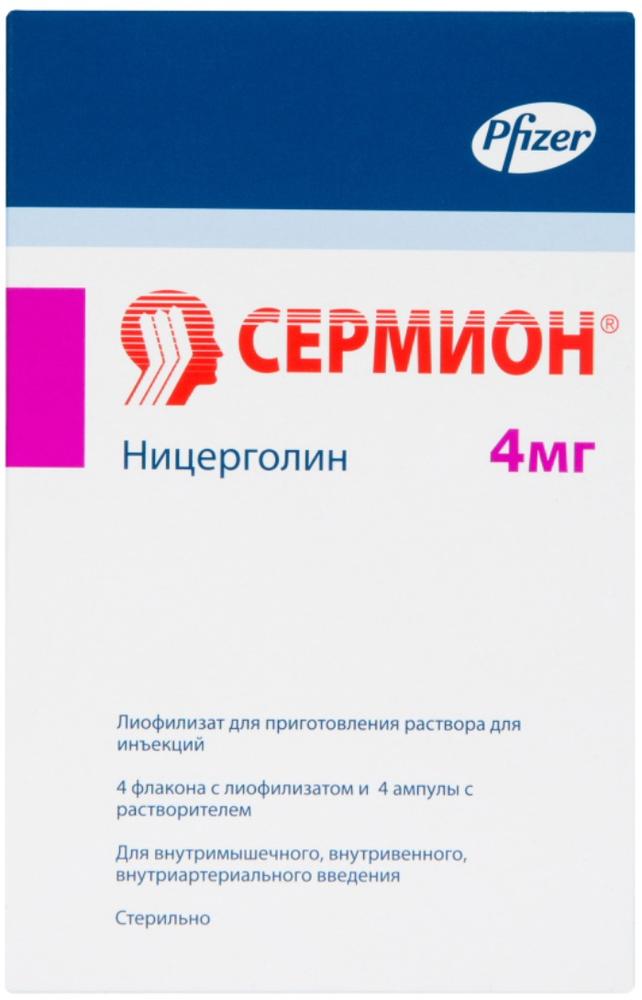
Sermion lyophilisates for solution and 4mg amp pieces 4
$59.28

Viagra tabs n / 100mg film about 1 pc
$25.22
$0.86
Digoxin 0.25mg Table 30 pc
SKU: 02054773157 Categories: Chronic heart failure, Heart and blood vessels, Medicaments Tags: digoxin, Pharmstandard
Description
Composition
Active substance:
1 tablet contains: digoxin – 0.25 mg ;.
Excipients:
Lactose monohydrate – 39.98 mg, sucrose (granulated sugar) – 0,505 mg, dextrose monohydrate – 0.5 mg potato starch – 7.76, talc – 0.505 mg stearic acid – 0.5 mg.
Description:
Tablets white ploskotsilindricheskoy form chamfered.
Product form:
Tablets of 250 mg.
10 tablets in blisters; 3 or 5 contour cell packages together with instructions for use placed in a pile of cardboard.
Contraindications
Increased sensitivity to the drug, glycoside intoxication, Wolff-Parkinson-White syndrome, atrioventricular block II extent intermittent complete blockade, ventricular tachycardia and ventricular fibrillation, lactation (breast-feeding), children under 3 years, fructose intolerance, failure sucrase / isomaltase , lactase deficiency, lactose intolerance, glucose-galactose malabsorption.
The caution (comparing the benefit / risk ratio): atrioventricular block I degree, sick sinus syndrome without pacemaker, the probability of unstable conduct by the atrioventricular node, indications of a history of attacks of Morgagni-Adams-Stokes, hypertrophic obstructive subaortic stenosis, isolated mitral stenosis rare heart rate, cardiac asthma in patients with mitral stenosis (in the absence tachysystolic atrial fibrillation), acute myocardial infarction, estabilnaya angina, arteriovenous shunt, hypoxia, heart failure with diastolic dysfunction (restrictive cardiomyopathy, amyloidosis heart, constrictive pericarditis, cardiac tamponade), arrythmia, marked dilatation of the cavities of the heart, “pulmonary” heart.
Water and electrolyte disorders: hypokalemia, hypomagnesemia, hypercalcemia, hypernatremia. Hypothyroidism, alkalosis, myocarditis, advanced age, renal hepatic insufficiency, obesity, diabetes mellitus (in the drug enters sucrose and glucose (dextrose monohydrate)).
Dosage
0.25 mg
Indications
In the complex therapy of chronic heart failure II (in the presence of clinical manifestations) and III-IV functional class; tachysystolic form fibrillation and atrial flutter, and paroxysmal chronic course (especially in combination with a chronic cardiac failure).
Interaction with other drugs
When concomitant administration of digoxin with drugs that cause electrolyte imbalance, in the above privacy hypokalemia (eg, diuretics, corticosteroids, insulin, beta-agonists, amphotericin B) and increased risk of arrhythmias and the development of other toxic effects of digoxin. Hypercalcemia may also lead to toxic effects of digoxin, so avoid the intravenous administration of calcium salts to patients receiving digoxin. In these cases, the dose of digoxin should be reduced. Some drugs may increase the concentration of digoxin in serum, e.g., quinidine, blockers “slow” calcium channels (especially verapamil), amiodarone, spironolactone and triamterene.
Absorption of digoxin in the intestine can be reduced under the action of cholestyramine, colestipol, aluminum-containing antacids, neomycin, tetracyclines. There is evidence that the simultaneous use of spironolactone not only change the concentration of digoxin in the blood serum, but may also affect the results of the method of determining the concentration of digoxin, therefore, it requires special consideration when evaluating the results.
In an application with digoxin below said drugs may their interactions, owing to which the therapeutic effect is reduced or is manifested side or toxic effect of digoxin: mineralokortikosteroidy, glucocorticosteroids, which have significant influence mineralkortikosteroidnym; Amphotericin B for injection; carbonic anhydrase inhibitors; adrenocorticotropic hormone (ACTH); diuretic drugs to facilitate separation of water and potassium (bumetanide, ethacrynic acid, furosemide, indapamide, mannitol and thiazide derivatives); sodium phosphate.
Hypokalemia caused by said drug, increases risk of toxic action of digoxin, however while applying them with digoxin requires constant monitoring of concentration of potassium in the blood.
Hypericum drugs (digoxin and their interaction induces P-glycoprotein and cytochrome P450, i.e., it reduces the bioavailability, metabolism and increases markedly reduces the concentration of digoxin in plasma);
Amiodarone (increases the concentration of digoxin in plazmekrovi to toxic levels). Amiodarone and digoxin interaction inhibits the activity of the sinus, and the atrioventricular node of the heart and nerve impulse conduction along the cardiac conduction system. Therefore, assigning amiodarone, digoxin cancel or reduce the dose by half;
Formulations of salts of aluminum, magnesium and other antacid sredstvamogut reduce the absorption of digoxin and reduce its concentration in the blood;
The simultaneous use of digoxin: antiarrhythmic agents, calcium salts, pancuronium, Rauwolfia alkaloids, succinylcholine and sympathomimetics can trigger the development of cardiac arrhythmias, so in these cases it is necessary to monitor the heart and ECG of the patient;
Kaolin, pectin and other adsorbents, cholestyramine, colestipol, laxatives, neomycin and sulfasalazine reduce the absorption of digoxin and thereby reduce its therapeutic effect;
Blockers “slow” calcium channels, captopril – kontsenratsiyu increase of digoxin in the blood plasma, therefore, applying them together, it is necessary to reduce the dose of digoxin, not to show toxic effects of the drug;
Endrofoniya chloride (anticholinesterases) – increases the tone of the parasympathetic nervous system, so its interaction with digoxin may cause bradycardia;
Erythromycin – its action improves the absorption of digoxin in the gut;
Heparin – digoxin reduces the anticoagulant effect of heparin, so it is necessary to increase the dose;
Indomethacin reduces excretion of digoxin, so increasing the danger of the toxic effects of the drug;
magnesium sulfate solution for injection is used to reduce the toxic effect of cardiac glycosides;
Phenylbutazone – reduces the concentration of digoxin in the blood serum;
Formulations potassium salts, they can not be taken if exposed digoxin conduction disturbances appeared on ECG. However, the potassium salt is often prescribed together with digitalis drugs for the prevention of cardiac arrhythmias;
Quinidine and quinine – these drugs can greatly increase the concentration of digoxin;
Spironolactone – reduces the rate of release of digoxin, so we have a joint application to adjust the dosage of the drug;
Thallium chloride (TL 201) – in the study of myocardial perfusion preparations thallium, digoxin reduces the degree of accumulation of thallium in the field of cardiac muscle injury and distorts research data;
Thyroid hormones – during their appointment increases metabolism, so be sure to digoxin dose should be increased.
Overdose
Treatment
Cancel digoxin, appointment of activated carbon (for absorption reduction) administration of antidotes (unitiol, EDTA, antibodies to digoxin), symptomatic therapy. Conduct postoyannoemonitorirovanie ECG.
In cases of hypokalemia widely used potassium salt: 0.5-1 g of potassium chloride dissolved in water and taken several times a day to a total dose of 3-6 g (40-80 mEq K +) for adults provided adequate renal function. In emergency cases shown in / drip 2% or 4% potassium chloride solution. The daily dose is 40-80 mEq K + (diluted to a concentration of 40 mEq K + 500 mL). The recommended rate of administration should not exceed 20 meq / hr (under control of the ECG). When hypomagnesemia recommended to assign magnesium salts.
In cases of ventricular tachyarrhythmia is shown in slow / introduction ledokaina. In patients with normal heart function and kidney usually effectively slow I / administration (within 2-4 min) in an initial dose of lidocaine 1-2 mg / kg body weight, followed by transfer to a drip at a rate of 1-2 mg / min. In patients with renal impairment and / or heart dose should be appropriately reduced. If there is AV blockade II-III degree should be administered lidocaine and potassium salts until until artificial pacemaker is installed.
During treatment it is necessary to monitor the content of calcium and phosphorus in the blood and daily urine.
There is experience with these drugs with possible positive effect: beta-blockers, procainamide, bretylium and phenytoin. Cardioversion may trigger ventricular fibrillation. For the treatment of bradyarrhythmias and AV blockade shows the application of atropine. When AV blockade II-III level, asystole and suppressing sinus node activity shows the installation of the pacemaker.
pharmachologic effect
Pharmacological group:
Cardiac – a cardiac glycoside.
Pharmacodynamics:
Digoxin – a cardiac glycoside. It has a positive inotropic effect. This is due to the direct inhibitory action of Na + / K + -ATP-phase membrane cardiomyocytes, resulting in increased intracellular content of sodium and, correspondingly, reduce potassium ions. Elevated levels of sodium ions cause activation of the sodium / calcium metabolism, elevated levels of calcium ions, thereby increasing the force of myocardial contraction.
As a result of the increase of myocardial contractility increases stroke volume. Reduces end-systolic and end-diastolic volume of the heart, which, along with an increase in myocardial tone leads to a reduction in its size and thus to a reduction in myocardial oxygen demand. Has a negative chronotropic effect, reduces excessive sympathetic aktivnostputem enhance cardiopulmonary baroreceptor sensitivity. Due to the activity of the vagus nerve has antiarrhythmic effect due to decrease of the pulse velocity through the atrioventricular node and udlineniemeffektivnogo refractory period. This effect is enhanced by a direct effect on atrioventricular node and sympatholytic effect.
The negative dromotropic effect is to increase the refractoriness of the atrioventricular (AV) node, allows the use of paroxysms of supraventricular tachycardias and tachyarrhythmias.
When atrial tachyarrhythmia slows the ventricular rate, prolongs diastole, improves intracardiac and systemic hemodynamics. Positive bathmotropic manifested in the appointment of sub-toxic and toxic doses.
It provides direct vasoconstrictor effect which is most clearly manifested in the absence of stagnation of peripheral edema.
At the same time, indirect vasodilating effect (in response to increased cardiac output and decrease of excessive sympathetic stimulation of vascular tone) usually prevails over the direct vasoconstrictor effect, thereby reducing the total peripheral vascular resistance (SVR).
Pharmacokinetics:
The absorption from the gastrointestinal tract (GIT) – is variable, it is 70-80%, and dose depends on the motility of the gastrointestinal tract, dosage forms, concomitant food intake, the interaction with other drugs. The bioavailability of 60-80%. In normal gastric acidity destroyed small amount of digoxin, under conditions giperatsidnyh may break greater their number. sufficient exposure in the gut is required for complete absorption: at lower GI motility maximum bioavailability when enhanced peristalsis – minimum. The ability to accumulate in the tissues (cumulate) explains the lack of correlation between the beginning of treatment the severity of the pharmacodynamic effect and its concentration in the blood plasma. The maximum concentration of digoxin in plasma is achieved in 1-2 hours. Relationship to plasma proteins is 25%. The relative volume distribution – 5 L / kg. It is metabolized in the liver. Digoxin output priemuschestvenno kidney (60-80% intact). The half-life is about 40 hours. Elimination half-life and kidney function is determined. Intensity renal clearance is determined by glomerular filtration. In chronic renal failure insignificant decrease renal clearance of digoxin is offset by hepatic metabolism to inactive metabolites. When liver failure compensation occurs by increasing renal clearance of digoxin.
Pregnancy and breast-feeding
digitalis drugs cross the placenta. Digoxin safety of its use during pregnancy is classified as “C” (the risk in applying is not excluded). Studies in pregnant women are insufficient use of the drug is possible only when the intended benefits to the mother outweighs the potential risk to the fetus.
Digoxin is released in the mother’s milk. Since there is no data on the called drug effects on the newborn through breastfeeding, if necessary, its use during lactation should decide on the abolition of breastfeeding.
Conditions of supply of pharmacies
On prescription.
side effects
Observed side effects are often the initial signs of an overdose.
Digitalis intoxication:
Cardio-vascular system – ventricular paroxysmal tachycardia, ventricular premature beats (often bigimeniya, polytopic ventricular premature beats), junctional tachycardia, sinus bradycardia, sinuauricular (SA) block, fibrilloflutter, AV block; the ECG – trough-segment depression ST.
On the part of the digestive tract: anorexia, nausea, vomiting, diarrhea, abdominal pain, bowel necrosis.
On the part of the central nervous system: sleep disturbances, headache, dizziness, neuritis, sciatica, manic-depressive syndrome, paresthesias, and syncope in rare cases (mainly in elderly patients with atherosclerosis), disorientation, confusion, visual hallucinations monochrome.
From the senses: visual objects staining yellow-green color, flashing “flies” before the eyes, blurred vision, macro and micropsia.
Allergic reactions: skin rash, urticaria rarely.
From the side of hematopoiesis and hemostasis system: thrombocytopenic purpura, epistaxis, petechiae.
Other: hypokalemia, gynecomastia.
special instructions
All the while treating the patient with digoxin should be monitored in order to avoid side effects due to an overdose.
Patients receiving digitalis drugs should not be prescribed calcium supplements for parenteral administration.
It should be to reduce the dose of digoxin in patients with chronic pulmonary heart, coronary insufficiency, disorders of water and electrolyte balance, renal or hepatic insufficiency: in elderly patients also require careful dose selection, especially if they have one or more of the above conditions. It should be borne in mind that even in these patients with impaired renal creatinine clearance value function (CC) may be in the normal range, which is associated with a decrease in muscle mass and a decrease in creatinine synthesis. Since in renal failure violated pharmacokinetic processes, the selection of a dose should be under the control of the concentration of digoxin in the blood serum. If this is not feasible, you can use the following recommendations. In general, the dose should be reduced by approximately the same percentage for chips decreased creatinine clearance. If CC is not detected, it can be calculated from the creatinine concentration in the serum (CCS).
For men, the formula (140-age): KKS. For women, this result should be multiplied by 0.85.
In severe renal failure the serum concentration of digoxin should be determined every 2 weeks, at least in the initial period of treatment.
Idiopathic subaortic stenosis (obstruction of the left ventricular outflow tract asymmetrically hypertrophied interventricular septum) digoxin leads to an increase in the severity of the obstruction. When expressed mitral stenosis and normo or bradycardia, heart failure develops as a result reduce left ventricular diastolic filling. Digoxin, increasing the contractility of the right ventricle, causes a further pressure increase in the pulmonary artery, which may provoke or exacerbate pulmonary edema left ventricular failure. Patients with mitral stenosis cardiac glycoside prescribed for accession right heart failure, or in the presence of atrial tachyarrhythmias.
In patients with AV blockade II degree appointment of cardiac glycosides may worsen and lead to attacks of Morgagni-Adams-Stokes. Назначение сердечных гикозидов при AV блокаде I ст требует осторожности, регулярного контроля ЭКГ, а в ряде случаев – фармакологической профилактики средствами, улучшающими AV проводимость.
Дигоксин при синдроме Вольфа-Паркинсона-Уайта, замедляя AV проводимость, способствует проведению импульсов через дополнительные пути проведения в обход AV узла и, тем самым, провоцирует развитие пароксизмальной тахикардии.
Вероятность возникновения гликозидной интоксикации возрастает при гипокалиемии, гиперкальциемии, гипомагниемии, гипернатриемии, гипотиреозе, выраженной дилатации полостей сердца, “легочном” сердце, миокардите и у пациентов пожилого возраста.
В качестве одного из методов контроля за содержанием дигитализации при назначении сердечных гликозидов проводят мониторинг их плазменной концентрации.
Одна таблетка содержит 0,005 ХЕ, что необходимо учитывать при применении у пациентов с сахарным диабетом.
Перекрестная чувствительность
Аллергические реакции на дигоксин и другие препараты наперстянки развиваются редко. Если появляется повышенная чувствительность в отношении какого-нибудь одного препарата наперстянки, другие представители данной группы применять можно, так как перекрестная чувствительностьпрепаратам наперстянки не свойственна.
Пациент должен точно выполнять следующие указания: 1 Применять препарат только так, как назначено, не менять дозу самостоятельно; 2 Каждый день применять препарат в назначенное время; 3 Если частота сердечных сокращений ниже 60 ударов в мин, необходимо немедленно проконсультироваться с врачом; 4 Если пропущен прием очередной дозы препарата, ее необходимо принять сразу же, как есть возможность; 5 Нельзя увеличивать или удваивать дозу; 6 Если пациент не принимал препарат более 2 суток, об этом необходимо сообщить врачу.
Перед прекращением применения препарата, необходимо информировать об этом врача.
При появлении рвоты, тошноты, поноса, учащенного пульса необходимо немедленно обратится к врачу.
Перед хирургическими операциями или при оказании неотложной помощи необходимо предупредить о применении дигоксина.
Без разрешения врача нежелательно применение других лекарственных средств.
Effect on the ability to drive mechanisms and
В период лечения препаратом необходимо соблюдать осторожность при управлении транспортными средствами и занятии другими потенциально опасными видами деятельности, требующими повышенной концентрации внимания и быстроты психомоторных реакций.
Storage conditions
At a temperature of not higher than 25 C.
Хранить в недоступном от детей месте.
Dosing and Administration
Inside.
Как и для всех сердечных гликозидов, дозу следует подбирать с осторожностью, индивидуально для каждого пациента.
Если пациент перед назначением Дигоксина принимал сердечные гликозиды, в этом случае дозу препарата необходимо уменьшить.
Взрослые и дети старше 10 лет
Доза Дигоксина зависит от необходимости быстрого достижения терапевтического эффекта.
Умеренно быстрая дигитализация (24-36 ч) применяется в экстренных случаях
Суточная доза 0,75 – 1,25 мг, разделенная на 2 приема, под контролем ЭКГ перед каждой последующей дозой.
После достижения насыщения переходят на поддерживающее лечение.
Медленная дигитализация (5 – 7 дней)
Суточная доза 0,125 – 0,5 мг назначается 1 раз в сутки в течение 5 – 7 дней (до достижения насыщения), после чего переходят на поддерживающее лечение.
Хроническая сердечная недостаточность (ХСН)
У пациентов с ХСН Дигоксин должен применяться в малых дозах: ло 0,25 мг в сутки (для пациентов с массой тела более 85 кг до 0,375 мг в сутки). У пациентов пожилого возраста суточная доза Дигоксина должна быть снижена до 0,0625 – 0,125 мг (1/4; 1/2 таблетки).
Дети в возрасте от 3-х до 10 лет
Насыщающая доза для детей составляет 0,05 – 0,08 мг/кг/сут; эту дозу назначают в течение 3 – 5 дней при умеренно быстрой дигитализации или в течение 6 – 7 дней при медленной дигитализации. Поддерживающая доза для детей составляет 0,01 – 0,025 мг/кг/сут.
Renal function
При нарушении выделительной функции почек необходимо уменьшить дозу Дигоксина: при значении клиренса креатинина (КК) 50 – 80 мл/мин средняя поддерживающая доза (СПД) составляет 50 % от СПД для пациентов с нормальной функцией почек; при КК менее 10 мл/мин – 25 % от обычной дозы.
Умеренно быстрая дигитализация (24-36 ч) применяется в экстренных случаях
Суточная доза 0,75-1,25 мг, разделенная на два приема, под контролем ЭКГ перед каждой последующей дозой.
После достижения насыщения переходят на поддерживающее лечение.
Медленная дигитализация (5-7 дней)
Суточная доза 0,125-0,5 мг назначается 1 раз в сутки в течение 5-7 дней (до достижения насыщения), после чего переходят на поддерживающее лечение.
Хроническая сердечная недостаточность (ХСН)
У пациентов с ХСН дигоксин должен применятся в малых дозах: до 0,25 мг в сутки (для пациентов с массой тела более 85 кг до 0,375 мг в сутки). У пожилых пациентов суточная доза дигоксина должна быть снижена до 0,0625-0,125 мг (1/4; 1/2 таблетки).
Information
Appearance may differ from that depicted in the picture. There are contraindications. You need to read the manual or consult with a specialist
Additional information
| Weight | 0.100 kg |
|---|---|
| Manufacturer | Pharmstandard |

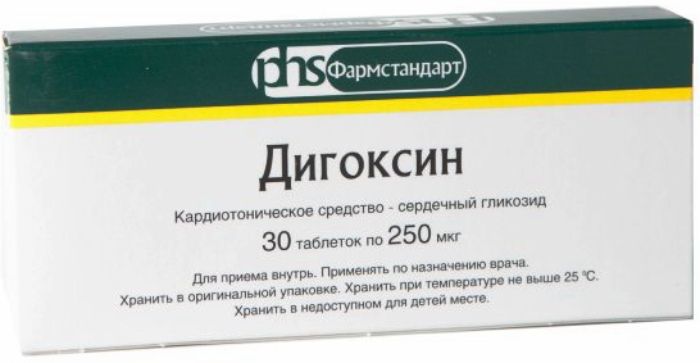
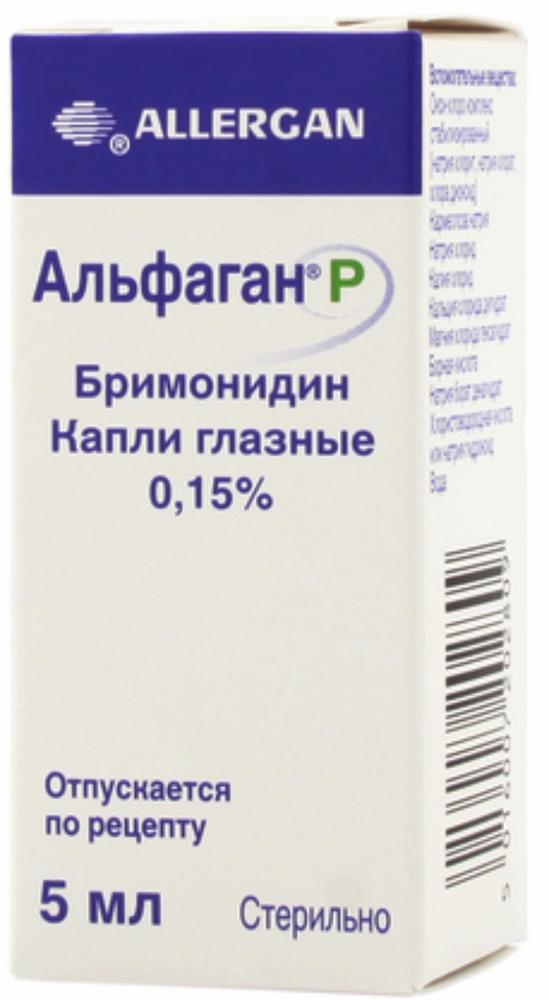
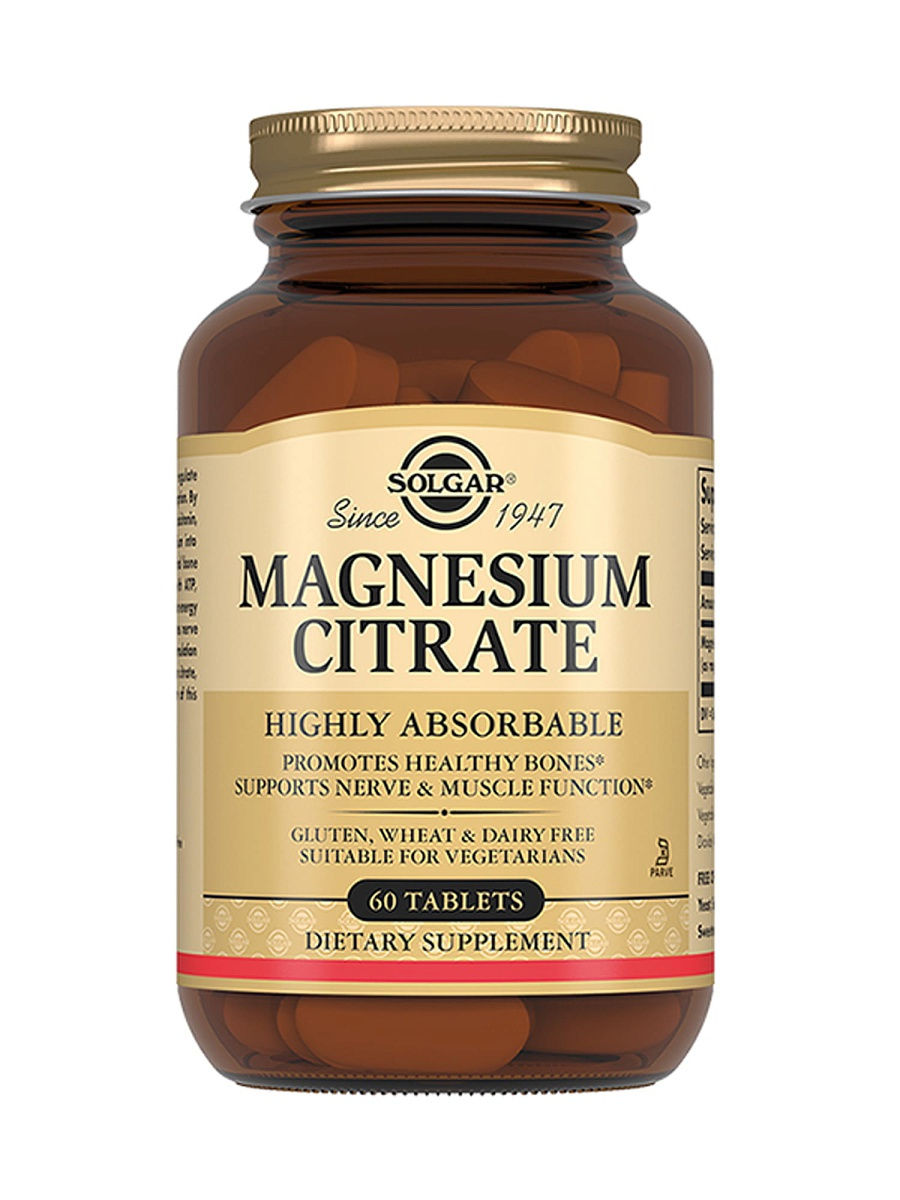
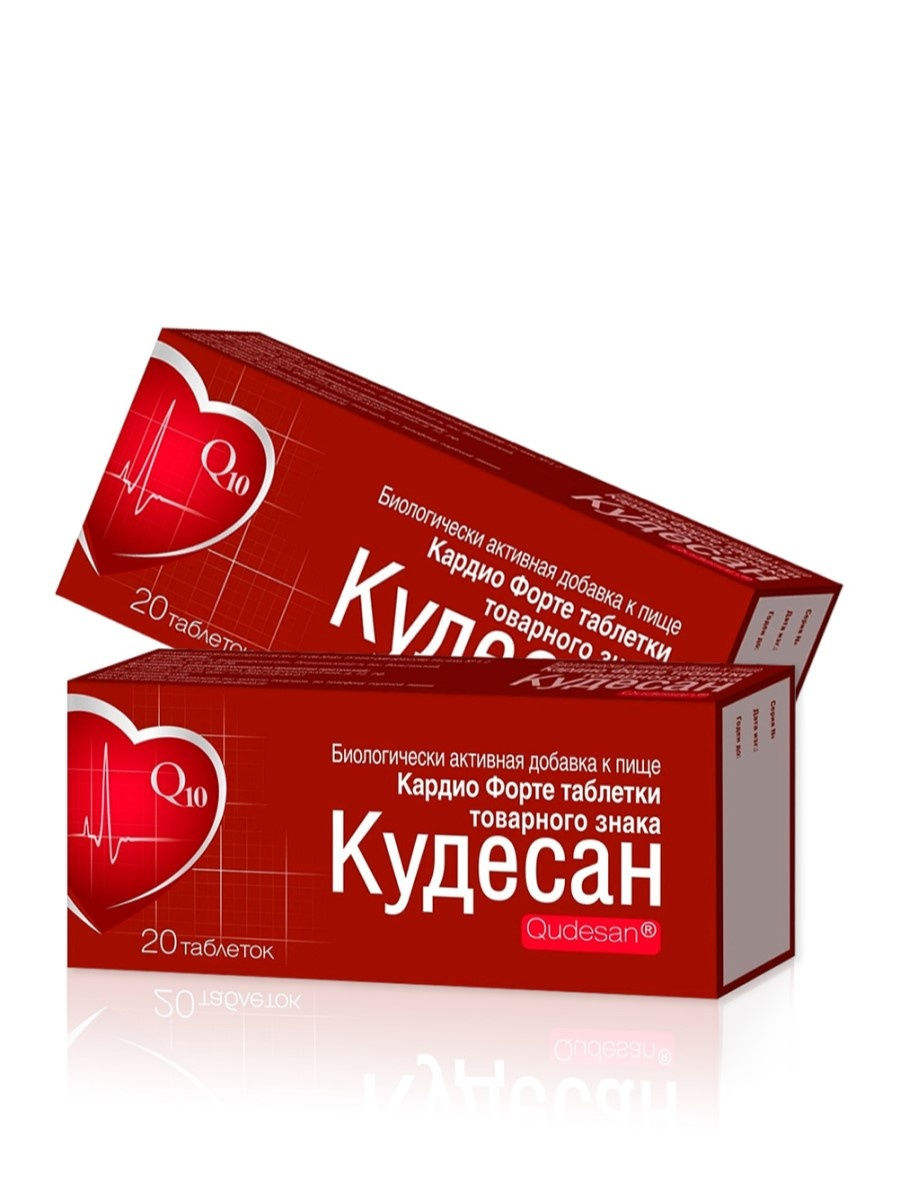
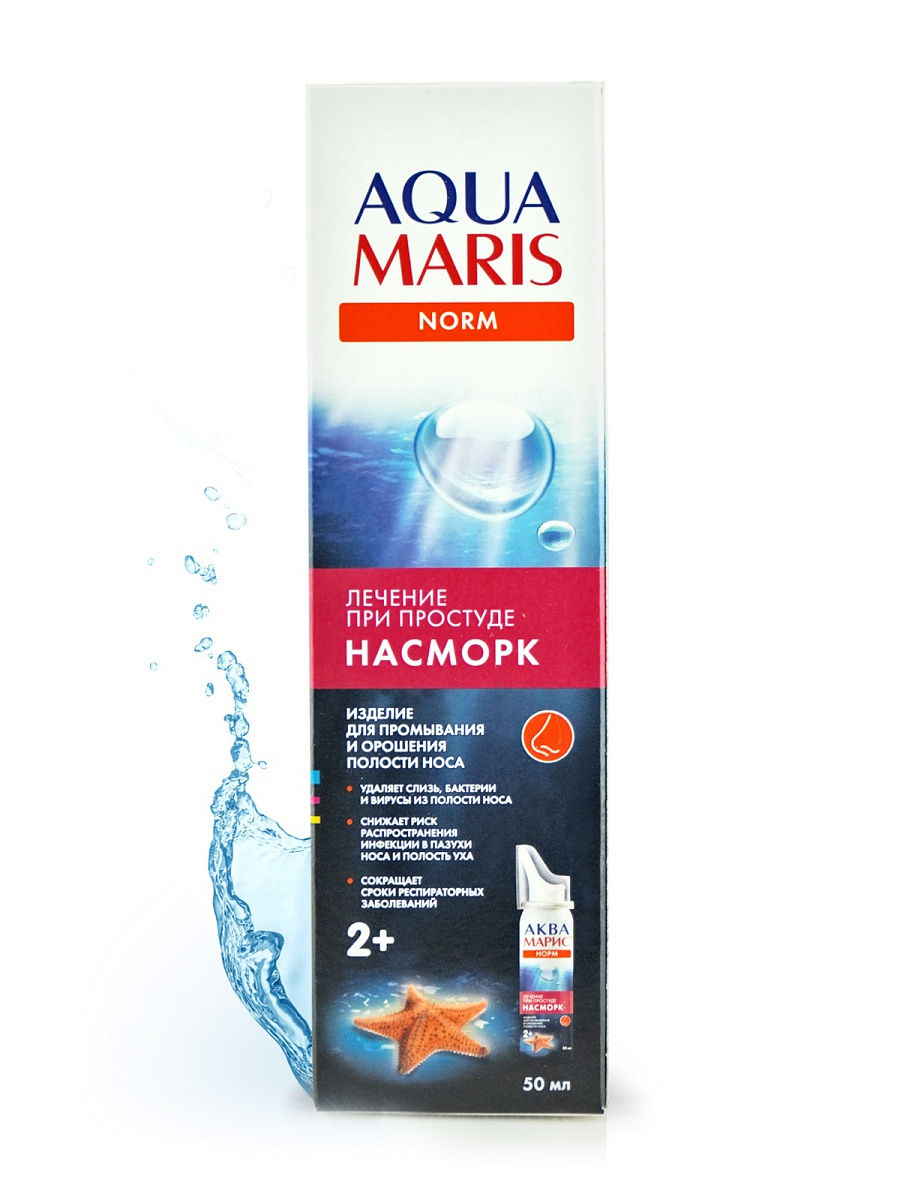
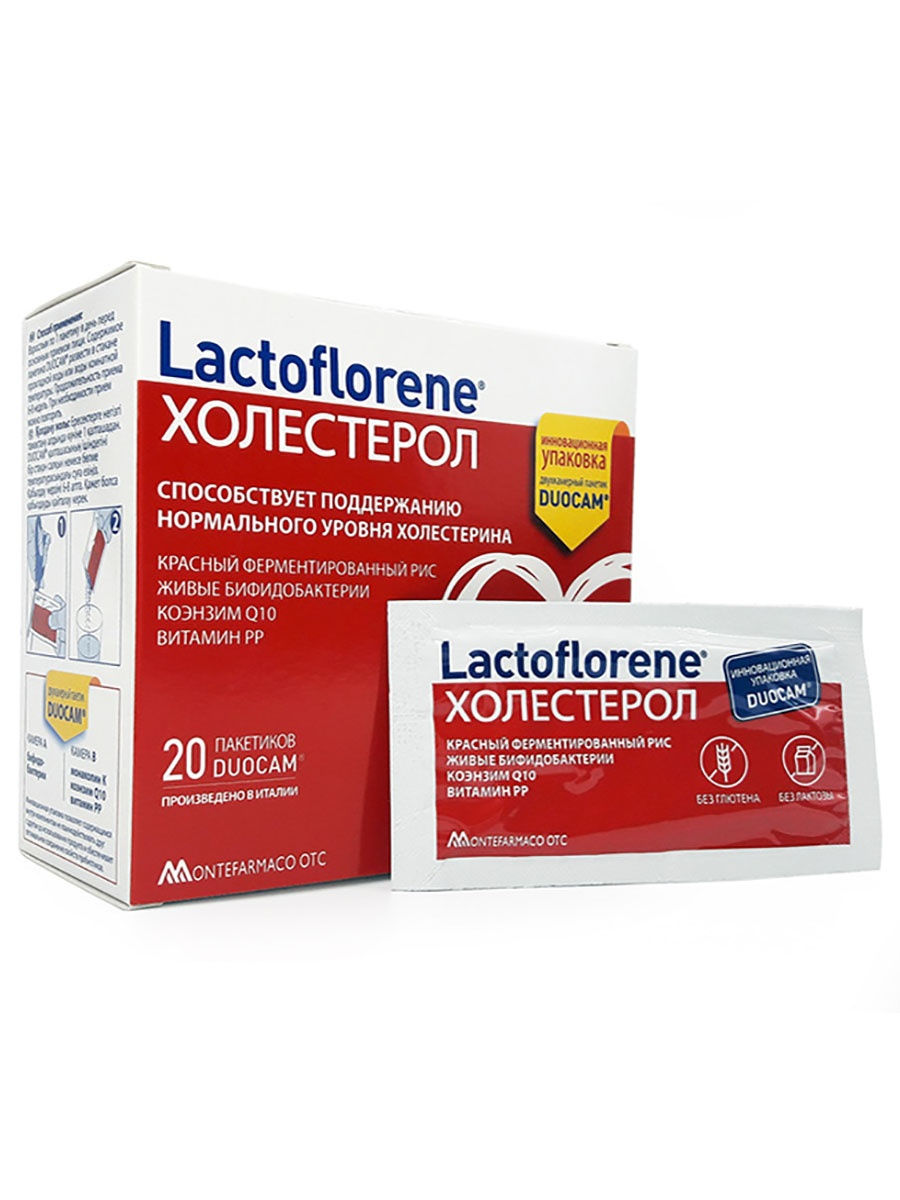





There are no reviews yet.